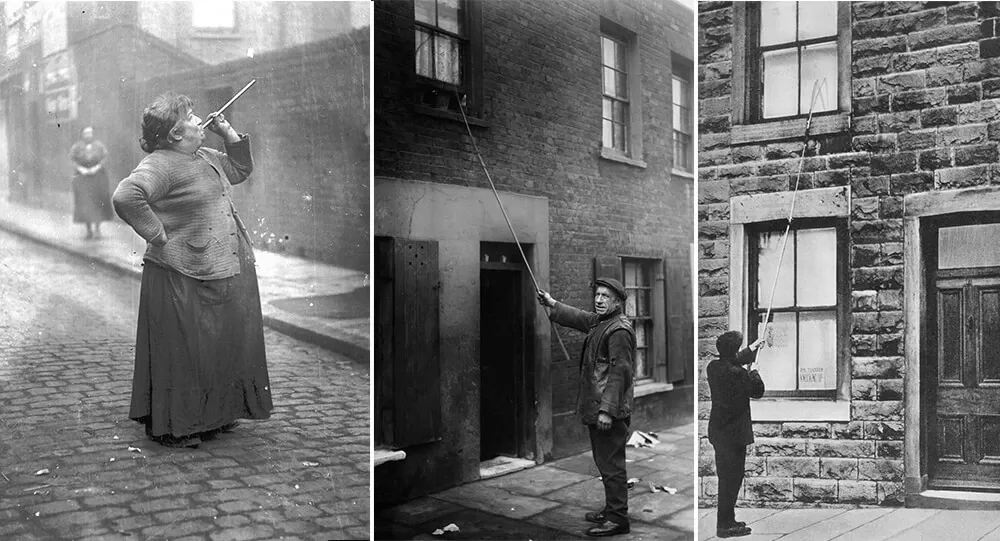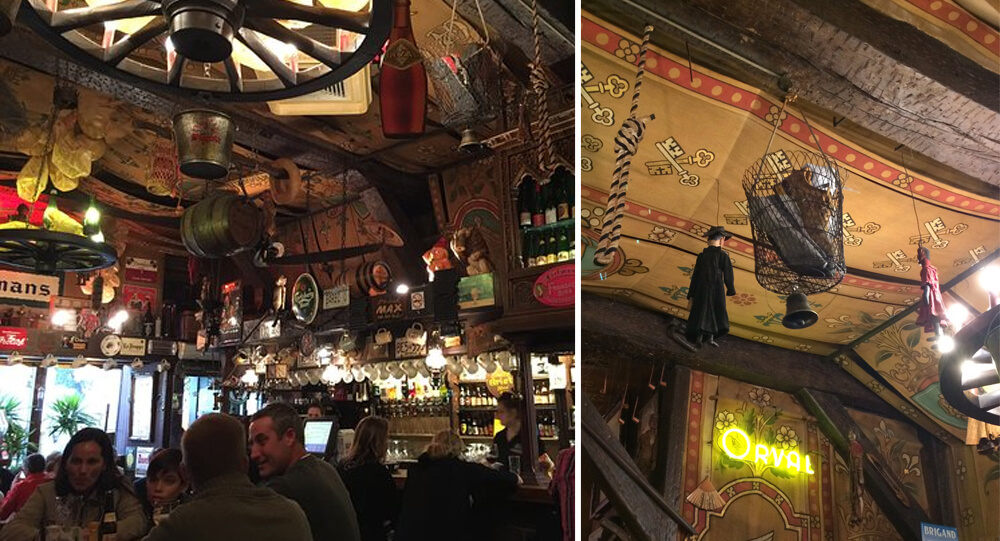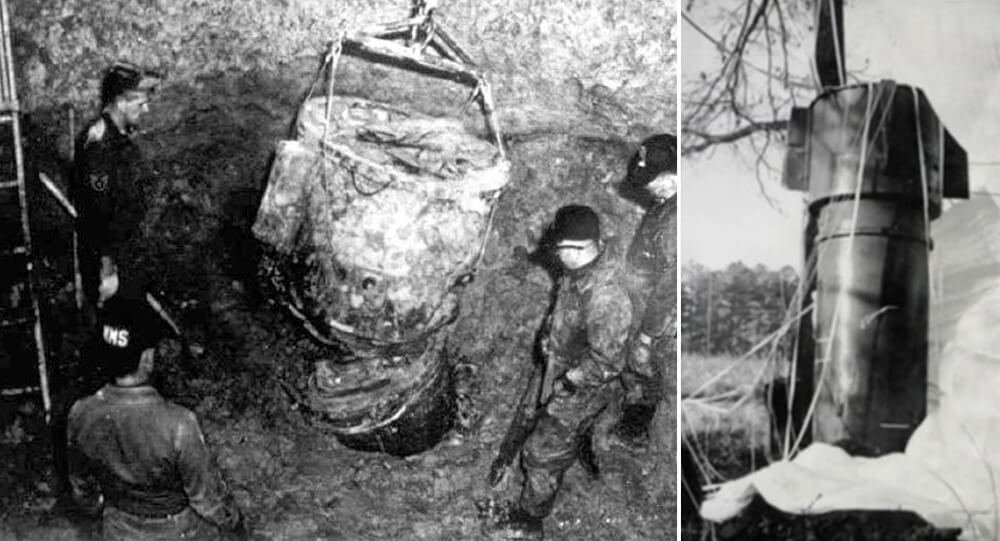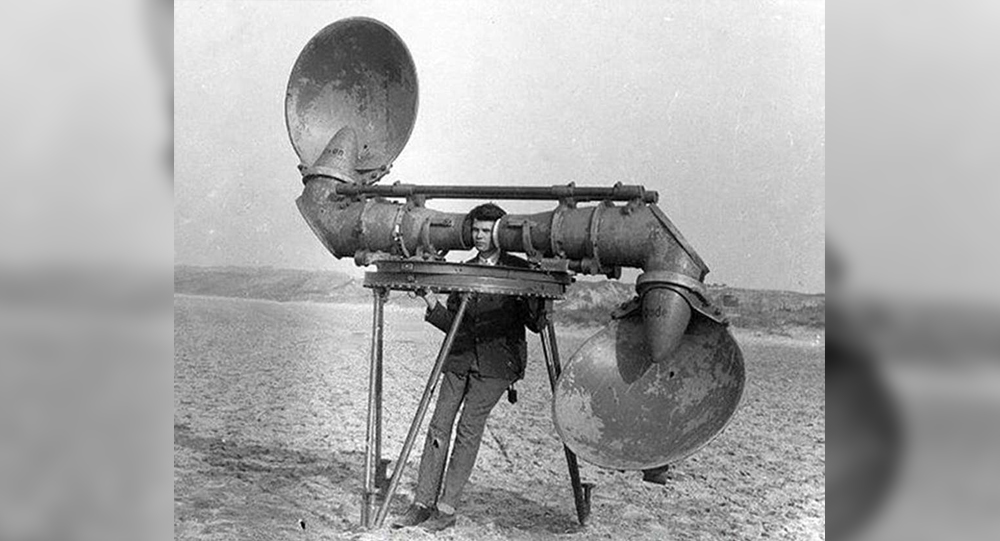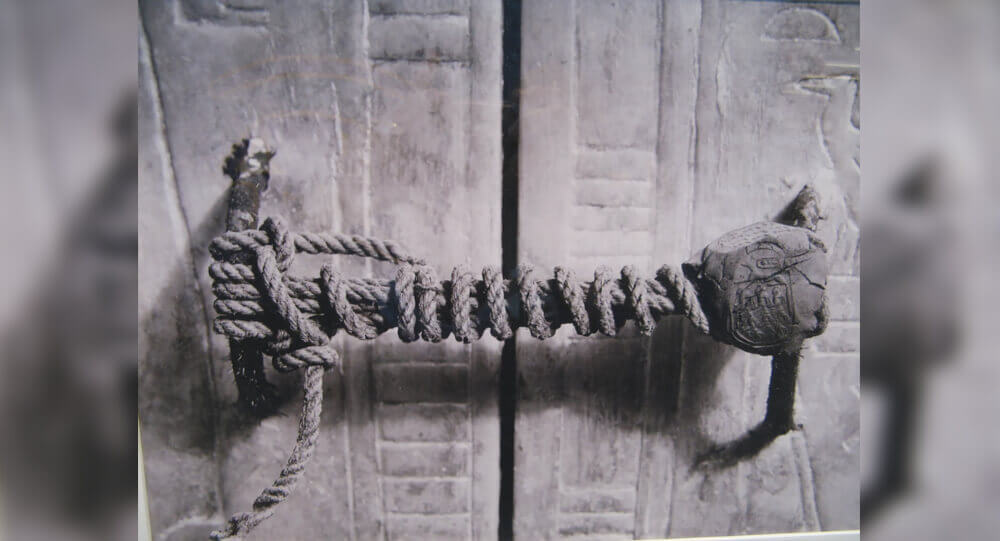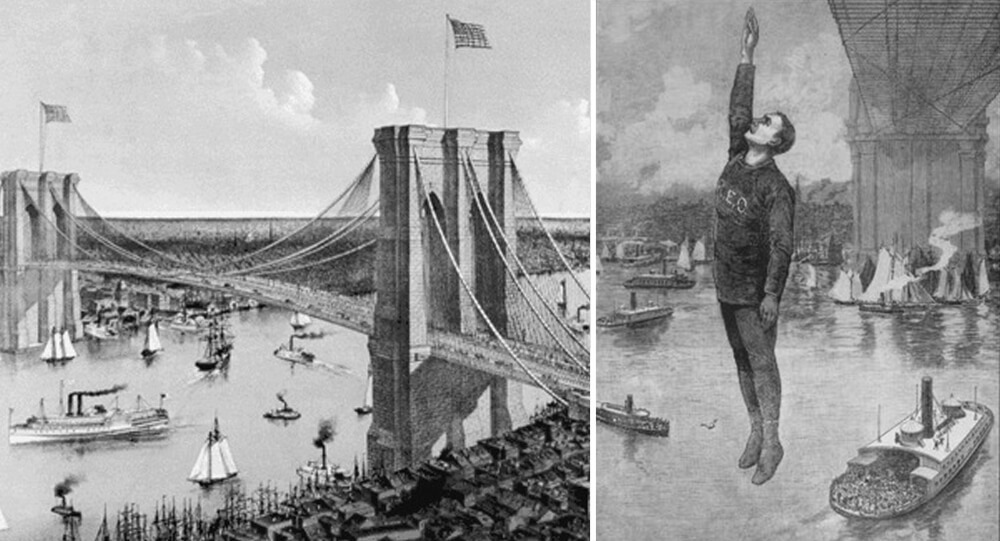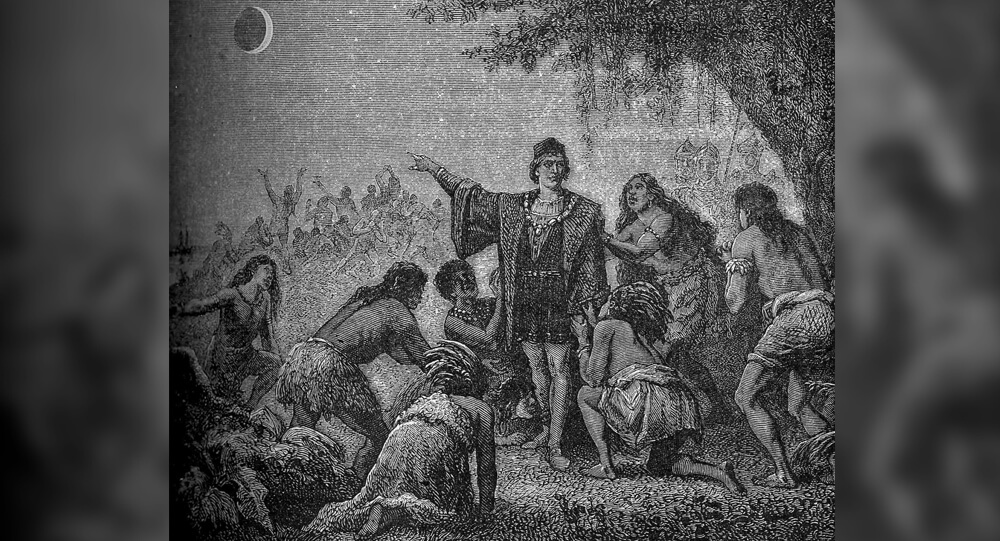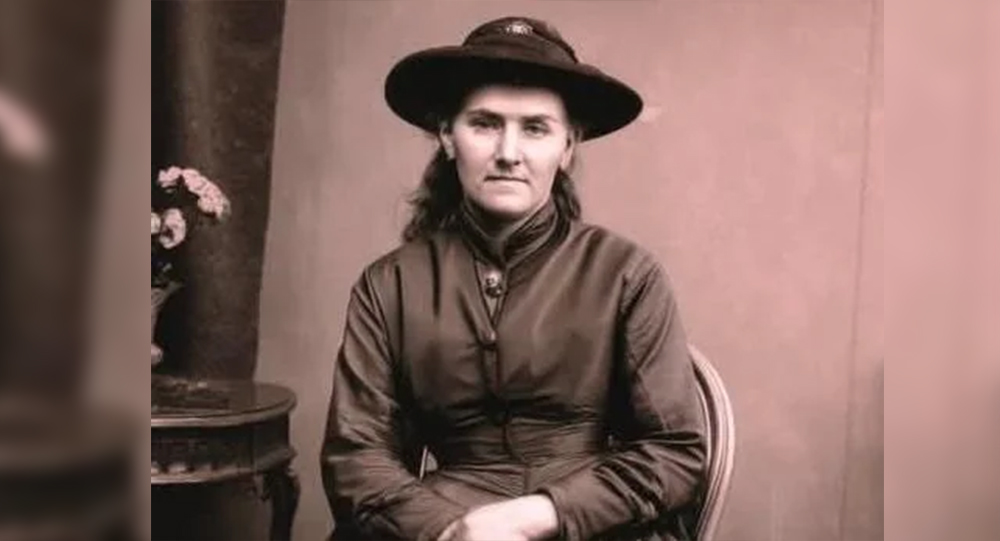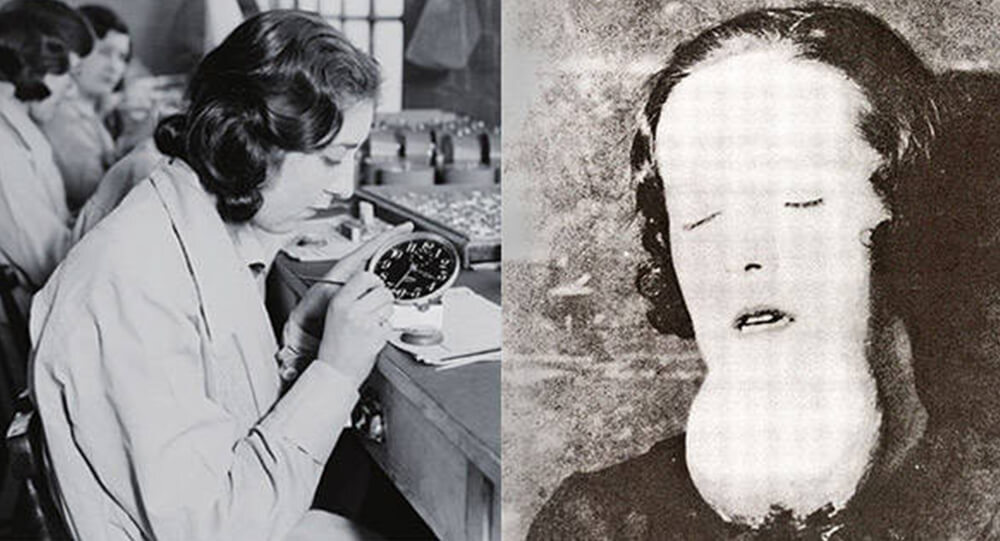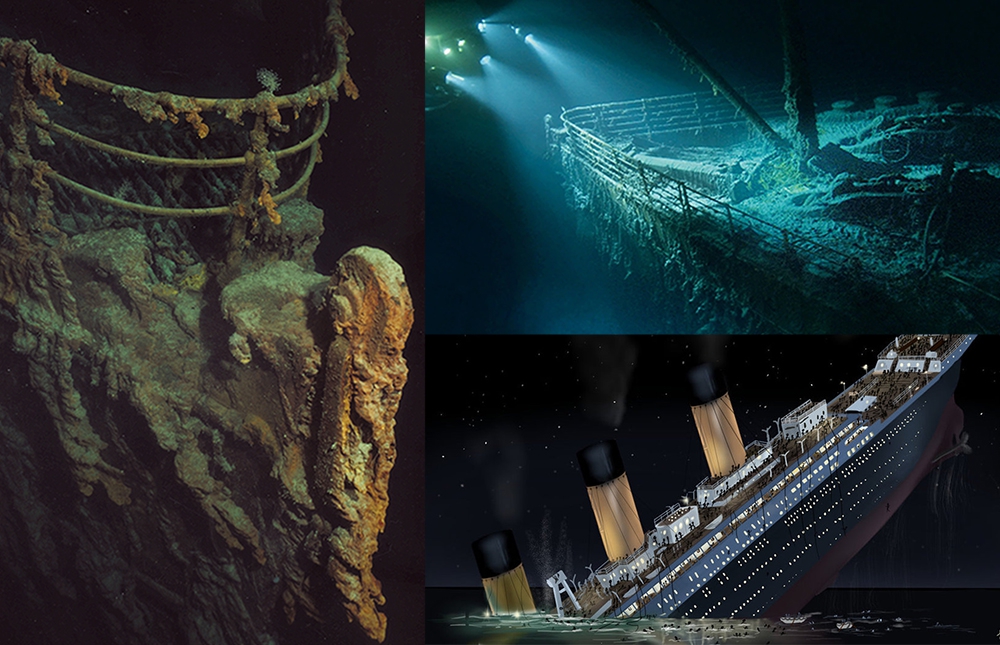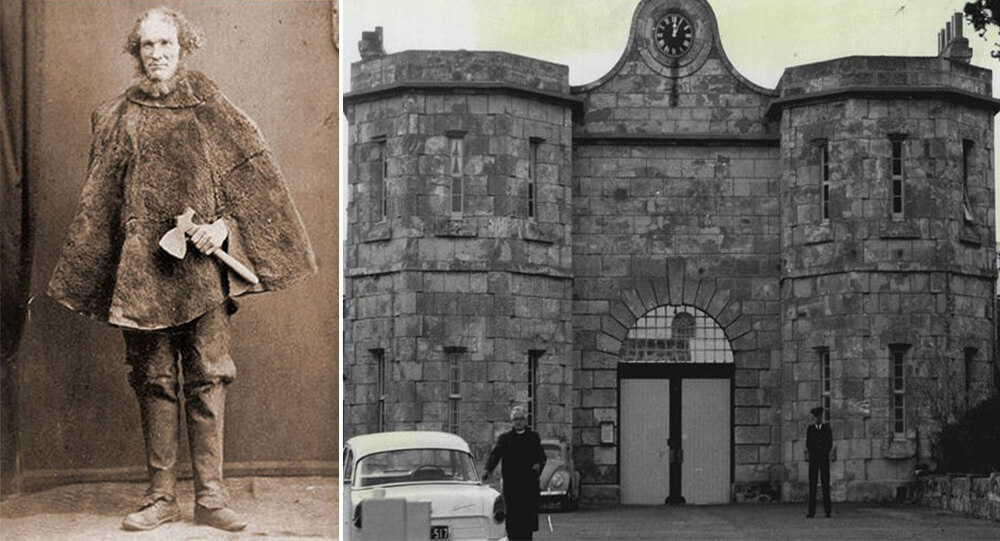

The Littlest Skyscraper: How J.D. McMahon’s 480-Inch Con Fooled Investors in 1919
In the oil boom days of 1919 Wichita Falls, Texas, a bold con by J.D. McMahon gave the city one of its most bizarre landmarks: the Newby-McMahon Building, famously known as the “world’s littlest skyscraper.” This four-story, 40-foot-tall building became a monument to both investor gullibility and the power of fine print.
The Pitch: A Texas-Sized Skyscraper
As the oil rush transformed Wichita Falls into a bustling business hub, office space was in high demand. J.D. McMahon, a petroleum landman and structural engineer from Philadelphia, saw an opportunity. He pitched investors on a grand skyscraper project—an annex to the existing Newby Building—promising a towering 480-foot structure that would rival the tallest buildings in Texas and the world.
Investors, flush with oil money, eagerly bought in. McMahon raised $200,000 (worth over $3 million today) to fund the project, showing blueprints for a modern high-rise. But there was a crucial detail: the plans were labeled “480” with a double-prime symbol (″), denoting inches, not feet.
The Construction: Inches, Not Feet
When construction began, the reality quickly set in. Instead of a monumental skyscraper, workers erected a narrow, four-story tower just 40 feet tall—precisely 480 inches. The building was so small that it lacked an elevator or even stairs; ladders were needed to reach the upper floors. The structure was just 10 feet wide and 16 feet long, with about 118 square feet per floor.
The Fallout: A Legal Swindle
Enraged, the investors took McMahon to court, accusing him of fraud. But McMahon’s defense was airtight: the blueprints and all legal documents clearly specified 480 inches, not feet, and he had never verbally promised otherwise. The judge ruled in McMahon’s favor, and the investors’ signatures on the plans sealed their fate. McMahon promptly vanished from Wichita Falls, taking most of the $200,000 with him.
The only consolation for the investors was a partial refund from the elevator company, which canceled its contract after realizing the building’s true size.
A Building with a Legendary Legacy
The Newby-McMahon Building quickly became a source of embarrassment and local lore. It was featured in Ripley’s Believe It or Not! as “the world’s littlest skyscraper” and remains a quirky tourist attraction to this day. Despite its odd origins, the building survived the Great Depression, fires, and multiple threats of demolition, thanks to local preservation efforts.
Fun Facts and Trivia
- The building is only 40 feet tall, with four floors and no elevator or stairs—just ladders at first.
- Investors lost almost all of their $200,000, equivalent to over $3 million today.
- The scam was so clever that it held up in court: the plans said “480 inches,” and that’s exactly what was built.
- The building is still standing in downtown Wichita Falls and is now a historic landmark and tourist attraction.
- The Littlest Skyscraper was once featured in Ripley’s Believe It or Not!.
Related Topic You Might Find Interesting:
- Remembering the 1945 Empire State Building Disaster: When a Plane Met Skyscraper
- Why the Brooklyn Bridge Was Once Crossed by 17 Camels and 21 Elephants
- The story behind Glasgow’s iconic Duke of Wellington statue and its well-known traffic cone hat
Conclusion
The tale of the Newby-McMahon Building is a classic reminder to always read the fine print. J.D. McMahon’s audacious con left Wichita Falls with a unique piece of architectural history and a cautionary tale for investors everywhere. Today, the “world’s littlest skyscraper” stands as both a monument to Texas ambition—and a legendary example of the devil being in the details.

The history of Flour sack clothing fashion
After Kansas mill owners found women reused flour sack materials into apparel in the 1920s and 1930s, they started applying patterned designs to give families with more fashionable patterns and material.

Nordlingen, The Town Inside A Meteorite Crater With Millions Of Meteorite Diamonds
The German town of Nördlingen is embedded with 72,000 tons of microscopic diamonds. About 15 million years ago, a meteorite hit this region, and the impact created a massive depression and formed rocks containing diamonds, glass, and crystals. The town was built in the impact crater sometime around 898 CE.

Knockers-up: waking up the Industrial Britain's Workers in 1900-1941
Before alarm clocks were invented, there was a profession called a knocker-up, which involved going from client to client and tapping on their windows (or banging on their doors) with long sticks until they were awake. It lasted into the 1920s.

Sylvan Goldman: The Visionary Who Revolutionized Shopping with the Cart
The inventor of shopping carts, Sylvan Goldman, had to hire several male and female models to push carts around in his store, demonstrate their utility, and explain their use to other customers, due to not catching on initially.

The worst blizzard in recorded history: the 1972 Iran blizzard
The deadliest snowstorm ever recorded occurred in Iran in 1972. It lasted for a week, burying areas in 26 feet of snow and killing over 4,000 people, including the entire populations of three villages.

Why This Belgian Bar Makes You Trade Your Shoe for a Beer
To prevent tourists from stealing their beer glasses, some bars in Belgium require people to hand over one of their shoes as a deposit which is then put in a basket and hung from the ceiling. These shoe baskets have also become an attraction.

Why the Word ‘Pen’ Comes from the Latin ‘Penna’ Meaning Feather
The humble word “pen” carries a rich history rooted in ancient times, derived from the Latin word penna, meaning “feather.” Long before modern pens revolutionized writing, feather quills—especially from geese—were the essential tools of scribes, scholars, and artists. This article journeys through the origins of the pen, its evolution, and fascinating trivia about the timeless connection between feathers and writing.

Nuclear bomb accidentally dropped on North Carolina in 196
4 January 1961: The 4241st Strategic Wing's Boeing B-52G-95-BW Stratofortress, serial number 58-0187, was on a 24-hour airborne alert mission off the United States' Atlantic Coast.

Juliane Koepcke: The Teenager Who Fell 10,000 Feet And Trekked The Jungle to survive
In 1971, a high school student was sucked out of an airplane after it was struck by lightning. She fell 10,000 feet to the ground while still strapped to her chair and survived. Only to endure a 9-day trek to the nearest civilization.

Before Radar: How Giant Acoustic Mirrors Detected Enemy Aircraft in WWI and WWII
Long before radar revolutionized air defense, enormous acoustic mirrors and specialized sound locators stood as the first line of defense against enemy aircraft. Designed as giant “ears,” these structures amplified distant engine noises, allowing operators to detect incoming planes by sound alone. Dive into the intriguing world of these pioneering listening devices, their operation, limitations, and enduring legacy in military history.

Hedy Lamarr, A Hollywood actress who also a mathematician and inventor
Hollywood actress Hedy Lamarr was also a mathematician and the inventor of frequency hopping spread spectrum, a technology still used for bluetooth and wifi

Keith Sapsford: The Story of 14-Year-Old Stowaway
The final image of 14-year-old Australian Keith Sapsford, who aspired to travel the world. In February 1970, he sneaked into the wheel-well of a plane flying from Sydney to Tokyo. It opened mid-air & fell out. When a photographer was testing a new lens, he captured this moment on film and was surprised when it developed.

The unbroken seal on King Tutankhamun's tomb until 1922
The unbroken seal of Tutankhamun's tomb before it was opened in 1923, it was unbroken for over 3000 years.

Robert Odlum, the first person to jump off the Brooklyn Bridge
The first person to jump off the Brooklyn Bridge was a professional high diver who "wanted to demonstrate that people did not die simply by falling through the air, thus encouraging people to be willing to jump from a burning building into a net." He proved himself correct by safely falling 135 feet through the air and dying only when he hit the water.

How a Total Lunar Eclipse Saved Christopher Columbus in 1504
In 1504, Christopher Columbus was stranded in Jamaica with natives who refused to give him food. But he knew the date and time of an upcoming lunar eclipse. So he told the natives that his gods were angry at their treatment of him, and would provide a clear sign. Once the eclipse started, the natives raced to give him food and begged for mercy.

June and Jennifer Gibbons The silent twin who Only Spoke to Each Other
Identical twins June and Jennifer Gibbons were born on 11 April 1963 at a military hospital in Aden, Yemen where their father worked as part of the Royal Air Force.

The incredible story of a plane that lost its roof in mid-flight and the light signal that saved 94 lives.
On April 28, 1988, Aloha Airlines flight 243 was on the way to Honolulu from Hilo when a huge portion of the upper part of the fuselage blew off the airplane.

Man's Blood Helped Save Millions of Babies
Australian blood donor James Harrison has been one of our most impressive and valued donors, having donated for 60 years. Know his story, how he was a pioneer of our Anti-D program, and why this matters.

Why Comedians Failed to Make Sober Sue Laugh in the Early 1900s
In the bustling vaudeville scene of early 20th century New York, a mysterious performer known as "Sober Sue" captured public imagination not for jokes or songs, but for her unshakable stoicism—she never smiled or laughed. A local theater even offered a tempting reward of $1,000 to anyone who could make her laugh, drawing crowds and famous comedians eager to claim the prize. Despite countless hilarious attempts, Sue remained expressionless, a mystery that baffled performers and audiences until it was revealed that she suffered from facial paralysis, explaining her unchanging demeanor.

The true story Of The Radium Girls that change US labor laws
Hundreds of young women worked in clock factories during World War I, painting watch dials with luminous radium paint. The company lied about the risk of radiation, claiming there was no danger, which resulted in the death of the young women.

Remembering the 1945 Empire State Building Disaster: When a Plane Met Skyscraper
An airplane crashed into the Empire State Building in 1945. Among other damage, plane parts severed the cables of an elevator and the woman inside fell over 70 stories. She lived and holds the world record for the longest survived elevator fall.

8 Interesting Facts About The Unsinkable Ship, TITANIC
If you ask your friends what's the most famous ship in history the answer in most cases will be the same, of course the legendary Titanic. Its history is full of mysteries, at first it was a source of hope and national pride as well as proof of the triumphs of mankind but it soon became a source of nostalgia and pain, the extent of which cannot be described in words.

Ancient Jericho: The First Walled City In History
The ancient city of Jericho is the world's oldest walled city, with evidence of stone fortifications dating back nearly 9000 years.

Remembering the miracles of the 1985 Mexico earthquake (unbelievable stories)
In 1985, after an 8.0 magnitude earthquake hit Mexico City, nearly all newborn babies survived a collapsed hospital. They are known as “Miracle Babies” for surviving 7 days without nourishment, water, warmth or human contact.

Moondyne Joe: The story of Australia's most notorious prison escapee
A man named Joseph Bolitho Johns (A.K.A Moondyne Joe) broke out of Australian prisons so many times that the police were compelled to build a special cell just for him. He escaped from that as well.



